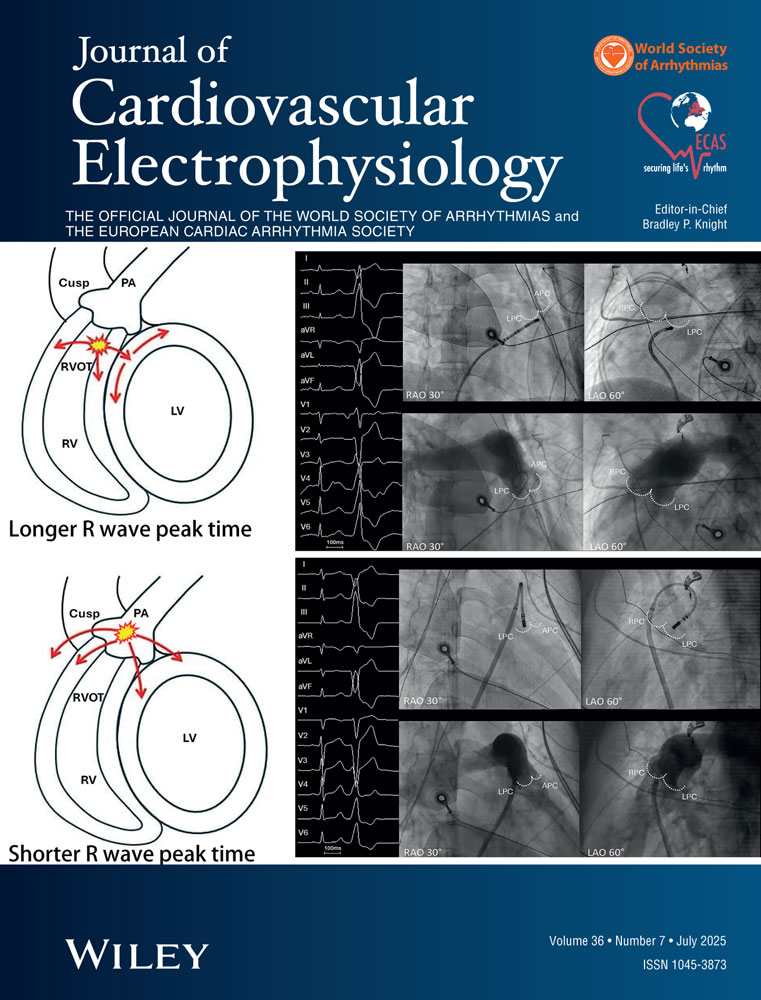Local Electrogram Changes in Response to a High-Voltage Intracardiac Shock in Humans
Abstract
Electrogram Changes Following ICD Shocks. Introduction: Transvenous defibrillators may have difficulty sensing ventricular fibrillation following an unsuccessful shock. This study was undertaken to characterize the changes that occur in intracardiac electrograms following a defibrillator shock that may contribute to the failure to redetect arrhythmias.
Methods and Results: Unipolar and bipolar electrogram recordings were made during sinus rhythm before and following monophasic and biphasic test shocks delivered in random order through a single lead defibrillator system in 15 patients. An additional 14 patients received only a biphasic shock. Electrogram amplitude, dV/dt, and activation recovery time were determined. Following biphasic shocks, unipolar electrogram amplitude decreased by a mean of 19.6% and the bipolar amplitude by a mean of 20.8% (P = NS). The mean dV/dt in the unipolar recordings decreased by 30.7% and in the bipolar recordings decreased by 33.0% (P = NS). Time constants for recovery were approximately 60 seconds. Reduction in dV/dt was greater when the shocking coil was closer to the distal sensing electrode. There was no significant influence of shock waveform (monophasic vs biphasic), recording type (unipolar vs bipolar), or clinical variables on the change in electrogram characteristics.
Conclusion: Changes in intracardiac electrograms following defibrillator shocks through transvenous leads are seen with shocks delivered in sinus rhythm and may be related to the proximity of the shocking coil to the distal sensing electrode.




